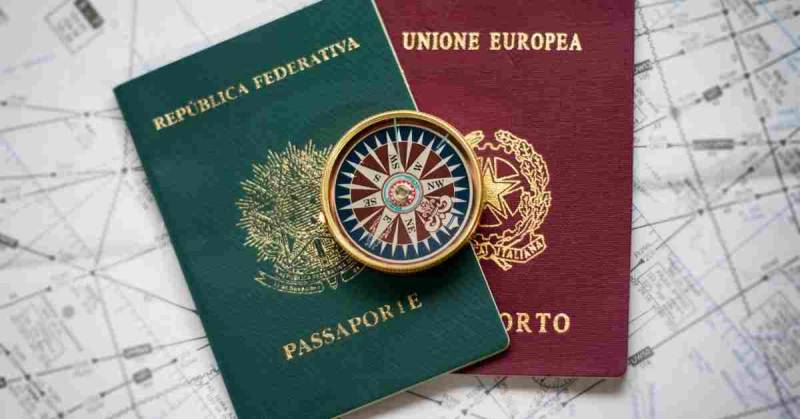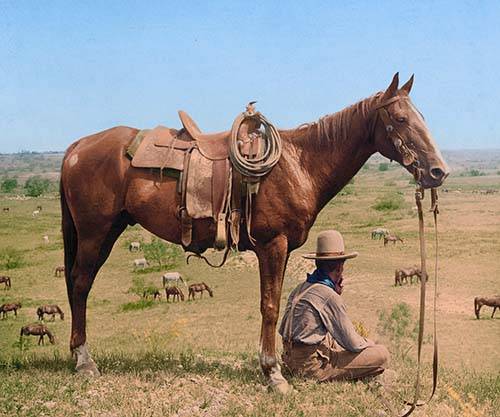DW Documentary - The cloud masses above the Amazon rainforest contain more water than the Amazon itself. When these "flying rivers" hit the Andes they are pushed south and rain down over the cities of South America. The Amazon rainforest is immense, stretching across several countries. Considered the green lung of the earth, it is one of the regions with the greatest biodiversity in the world. The precious ecosystem of this forest area, which is several hundred thousand years old, plays a central role in maintaining the global climate’s delicate balance. Here, billions of trees absorb carbon dioxide and release oxygen. This ‘green ocean‘ also constitutes the world's largest freshwater reserve. In the future, water is expected to become scarce. It may well become as sought-after a resource as oil was in the 20th century. That's why it's so important to have a thorough understanding of water cycles.

Related article - Spotify WWB: Henrie on tour | Kingston | Jamaica

Twenty years ago, Brazilian scientist Antonio D. Nobre coined the term "flying rivers" to refer to the masses of water that circulate in the rain clouds over South America. He tirelessly researched how they function and gained insights into the complex role played by the rainforest in climate regulation. His investigations focused on two major questions: Why are there no deserts in South America, while dozens of them exist at the same latitudes in Africa and Australia? And why can the winds blowing from the northern hemisphere cross the equator -- which is an insurmountable barrier everywhere else on earth -- here? To find answers to these questions, Prof. Nobre investigated what’s known as the biopump theory, developed by two Russian physicists. This theory states that forests create negative pressure that draws moist air inland with great suction, which then ensures further rain. This fundamental discovery turns earlier scientific findings on their head. The film uses 3D models, among other things, to illustrate how "flying rivers" work, and explain why they have such a major impact on the global climate.



